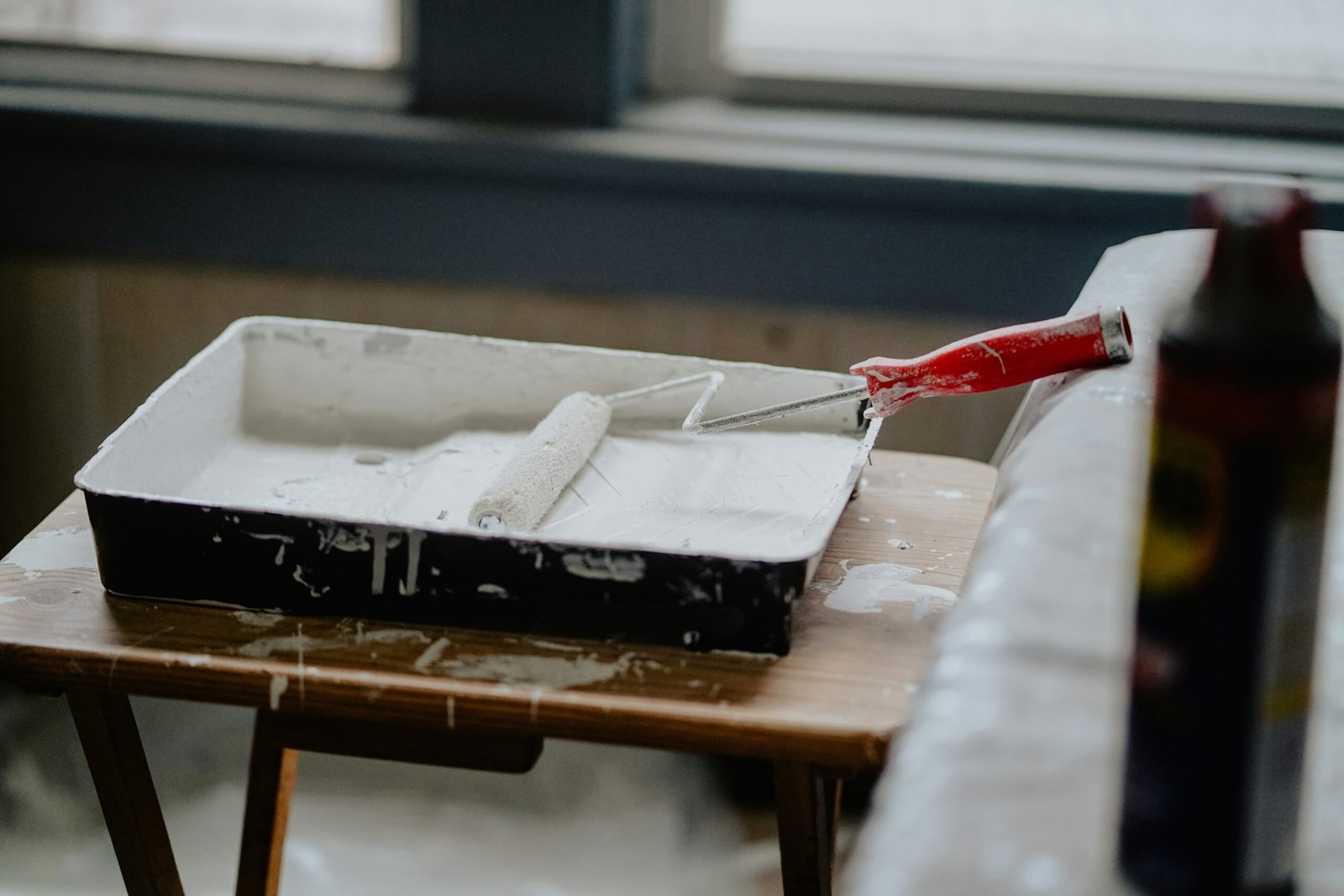Incorporating Diverse Design Influences
Transforming a 1950’s Southern home into a private retreat is an exciting journey that involves a delicate balance of blending various design influences. The charm of mid-century Southern architecture, with its distinctive features and historical significance, provides an excellent foundation for incorporating contemporary styles, rustic elements, and eclectic touches. This harmonious mix not only pays homage to the home’s origins but also breathes new life into its spaces.
One of the main design elements we love is the use of vintage fixtures. These pieces, often found in antique stores or salvaged from old homes, add a layer of authenticity and character. For instance, a vintage chandelier in the dining room or retro light sconces in the hallway can serve as focal points, drawing attention to the home’s historical roots while blending seamlessly with modern updates.
Bold color palettes also play a significant role in our design approach. By incorporating vibrant hues, we create rooms that feel both lively and inviting. For example, a deep navy blue accent wall in the living room can contrast beautifully with white trim and rustic wooden furniture, creating a visually striking yet cohesive look. Similarly, using bright, eclectic decor pieces such as patterned throw pillows or unique artwork can add personality and charm to each room.
Personalizing spaces to reflect both our taste and the home’s history is paramount. We achieve this by carefully selecting decor items that tell a story, whether it’s a family heirloom, a cherished antique, or a piece of art that resonates with us. This approach ensures that each room feels unique and inviting, making the home a true reflection of its inhabitants.
For those looking to incorporate diverse design influences into their projects, we recommend starting with a clear vision of your aesthetic preferences. Identify key elements that inspire you, whether they are specific colors, textures, or styles. Then, thoughtfully integrate these influences into your space, ensuring that each addition complements the existing architecture and design. By doing so, you can create a cohesive and inviting atmosphere that honors both your personal taste and the home’s history.
Step-by-Step DIY Projects for a Tranquil Home
Transforming a 1950’s Southern home into a private retreat involves several detailed DIY projects. Starting with kitchen cabinets, begin by removing old cabinets and ensuring the walls are clean and level. Use a stud finder to locate wall studs and mark them. Install a ledger board to support the cabinets during installation. Secure each cabinet to the wall studs with screws, starting from the corner and working outward. Ensure each cabinet is level before tightening the screws fully. Tools required include a drill, level, screws, and a stud finder. Challenges may include uneven walls, which can be addressed by shimming the cabinets to achieve a level alignment.
Building a sturdy fence for large dogs requires careful planning and robust materials. Begin by measuring the perimeter where the fence will stand and mark the post locations. Use a post hole digger to excavate holes for the fence posts, ensuring they are deep enough to support the height of the fence. Set the posts in concrete and allow them to cure. Attach horizontal rails to the posts using screws or nails, then secure the pickets to the rails. Tools needed include a post hole digger, level, hammer, screws or nails, and concrete mix. A common challenge is maintaining straight lines and consistent height, which can be overcome by using a string line as a guide.
Remodeling a bathroom, including tub replacement, is a complex task that begins with removing the old tub. Turn off the water supply and disconnect the plumbing fixtures. Carefully remove the old tub and clean the area. Install a new tub by securing it to the wall studs and reconnecting the plumbing. Ensure the tub is level before sealing the edges with caulk. Additional tools required include a wrench, caulk gun, and plumbing tape. Challenges such as fitting the new tub through narrow spaces can be managed by choosing a tub with detachable panels.
Throughout these projects, safety should be a priority. Wear protective gear, such as gloves and safety goggles, and ensure proper ventilation when working with chemicals. Personal anecdotes highlight the rewarding nature of DIY home transformations. For instance, the satisfaction of installing kitchen cabinets that perfectly fit your space or the joy of seeing your dog safely play in a fenced yard creates a profound sense of accomplishment. These hands-on experiences not only enhance your home’s tranquility but also foster a deeper connection to the spaces you inhabit.

Leave a Reply